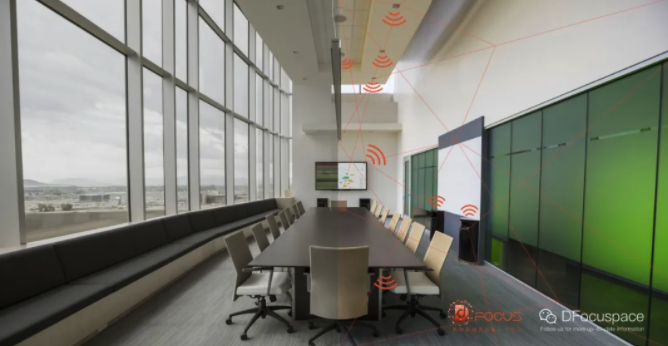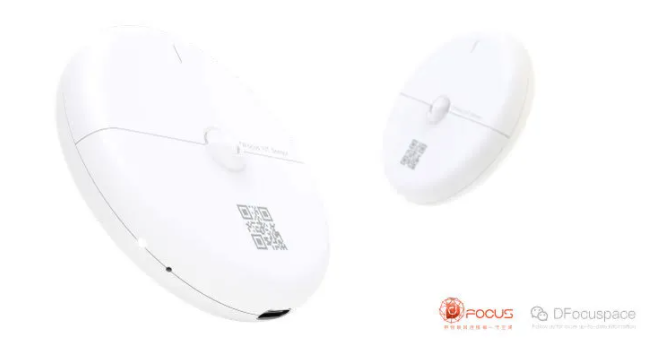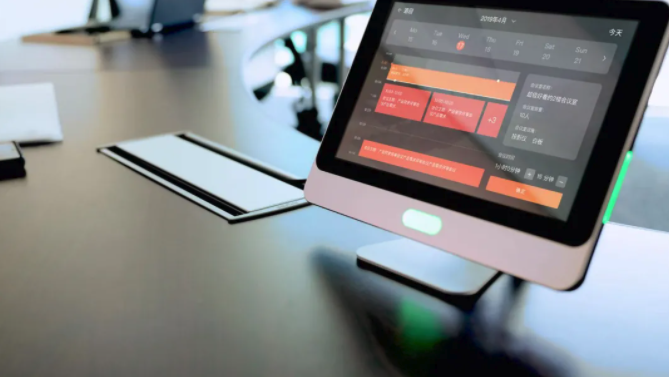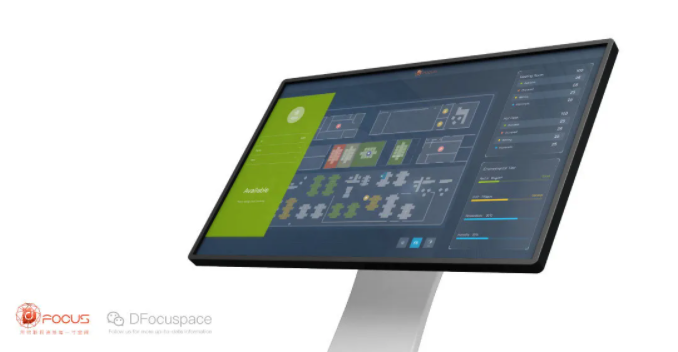With the rapid development of China's innovative enterprises, the traditional office management is becoming increasingly difficult; the executives and space operators of enterprises are facing great pressure. At the same time, employees' demand for office space is constantly increasing due to business change, so the digital innovation of traditional office space is imperative.
In recent years, the global smart office industry has seen unprecedented development, with an industry fund specially set up for PropTech real estate technology in Silicon Valley, USA. In 2018 alone, USD 20 billion was invested in real estate technology-related fields, a 38% increase compared with the previous year, of which 60% was invested in Asia1.
Based on the systematic and complete space and facility management experience of European and American enterprises, more and more RE&FM colleagues realize the value that customer technology can bring to today's enterprise space operation. The IoT, big data, AI and other cross-industry integration scenarios and innovative ideas are also infusing into the minds of corporate space managers.
Actually, innovation comes from overseas innovative enterprises continuously. The rich domestic technologies and scenarios also promote the mushrooming innovation of major manufacturers. Some unconventional innovations have set good models for corporate office in the world.

The office scenario will evolve from the traditional V1.0 basic office to V6.0 smart office, and there will be two extremes of enterprises: the traditional one which will hardly survive, and the highly digital unicorn enterprise, which will take the lead all the way. With a study of top 100 enterprises in the world, we concluded four typical specific requirements and scenarios of digital office space:
Wireless Connection: Intelligent Hardware & Sensors
If you want to build a digital and smart office space, online systems alone cannot solve the problem. In today's office space, our business cannot rely completely on online tools, which can accelerate our collaborative efficiency and production efficiency. However, people are not machines after all. Real office scene is necessary for employees to work in, to communicate and cooperate with each other, to see the integration and innovation of the collective, and to feel the subtle influence of corporate culture.
Example:
Microsoft O365 now has 214 million users worldwide. Teams, Outlook and other apps can virtually connect users in all regions of the world2, but real scenes offline are still essential for these users to complete their collaboration. Otherwise, users only use online tools to access virtual resources (such as virtual conference room, virtual team, virtual project team, etc.), the ownership and other problems concerning offline real space still exist, and space resources cannot be used fully effectively, and this results in a waste of real space resources. Creativity of employees may be curbed due to the lack of face-to-face communication and discussion in real situations.

Wireless sensor devices function as the core link between the user and the software system in the real scene. Wireless sensors can be deployed in more complex office environments to provide stable battery life. Meanwhile, they are easier to install and maintain. Given the innovation trend of IoT technology, low power consumption, wide coverage and high concurrency are still the core indicators of wireless sensors, which also provide a favorable condition for the intelligent deployment of office space. In the real scene, once a sensor detects the real data of the user, more scenarios will be activated and linked to meet the diversified needs of today's enterprises. It can also be used to review and supplement online system and realize more intelligent and complex interaction scenes.
Upsurge in Demands: Interactive Kiosk
According to statistics, the average time for an employee to look for a suitable space for a negotiation or a meeting falls between 15 and 20 minutes a day. Today's businesses are facing unprecedented growth pressure, with employees' demand for collaboration and meetings growing exponentially. Compared with the large and complete conference rooms of state-owned enterprises, more and more enterprises are using small meeting spaces which can accommodate 3 to 4 or 4 to 6 people only. These small meeting spaces can also support team collaboration or even remote collaboration through devices like BYOD3 or Logitech. Logitech reported a sales of $2.98 billion in the first quarter of 2020, reaching a record high. In dollar terms, that was 7 per cent year-on-year growth. Hardware-based scenario is still the mainstream choice⁴ of digital office.
After a study of many well-established large innovative enterprises, we conclude that the number of meeting rooms in large enterprises is increasing gradually, while the difficulty in finding and booking meeting rooms becomes ever harder. In this case, IT the enterprises often provides more convenient viewing, booking portal and operation interface to employees by adding interactive terminal devices, so that employees can get what they see anytime and anywhere. Foreign-funded innovative enterprises are liable to use mature IT interactive equipment for meeting room booking, central control, remote meeting, AV control system; However, domestic innovative enterprises prefer to use software system, mobile phone H5 and other portable devices as the control terminal.

Visualization: Map and Route Guidance
As early as 2017, when DFocus joined Microsoft Accelerator, it customized the first-generation office cubicle management system and indoor visual interface for the Microsoft building. Up to now, DFocus has continuously improved the visualization map scheme through multiple generations of product upgrading and iteration. In China, four offices of Microsoft in Beijing, Shanghai, Dalian and Suzhou have also successively upgraded this program. Meanwhile, Microsoft has brought this program to offices around the world, and Microsoft China has become the benchmarking project of intelligent office space in the world.

In the integration of map visualization and the application systems, we abandoned the traditional interface where lists are seen everywhere. Instead, we reshape this with real indoor map, which is consistent with the employees' recognition of the real office scene. Every inch of space in the map forms a complete interaction scenario by virtue of the software system and the sensing devices. For any Microsoft employee, three steps will suffice for him/her to book a office cubicle: 1. Click on the map location; 2. Select free space; 3. Booking by scanning his time card; this greatly increased the efficiency and flexibility of smart office, so simplicity values best.
Data-Driven: the Base of Business Decision
Everyone knows that data is important today, but that doesn't mean everyone knows why data is important. If the data is not highly relevant to the business, it is useless. Almost all enterprises are advocating innovation and digitization. However, are our space management and administrative management sufficiently digitized?
Among all the customers we served in the past, when we asked: now your enterprise has more than 2,000 people, how many office cubicles are allocated to each department? Are they adequate? Is there any waste? Office cubicle quota is adequate for each department, but why there are leaders coming for additional office cubicles all the time? Almost all space mangers of these enterprises complained and they just cannot tell why. Some even took out the floor plan 10 years ago to check the office cubicle and department information with us...

The data derives from regular management of enterprises. In addition to pushing forward the top-to-bottom digitization from the executive office of the headquarters, we should learn more about data, the mechanism of data generation, dimension of data and the story behind data charts. We are not living in ancient times today. Administrators/space managers cannot free them from complex work for more important things unless they can maneuver new technologies.